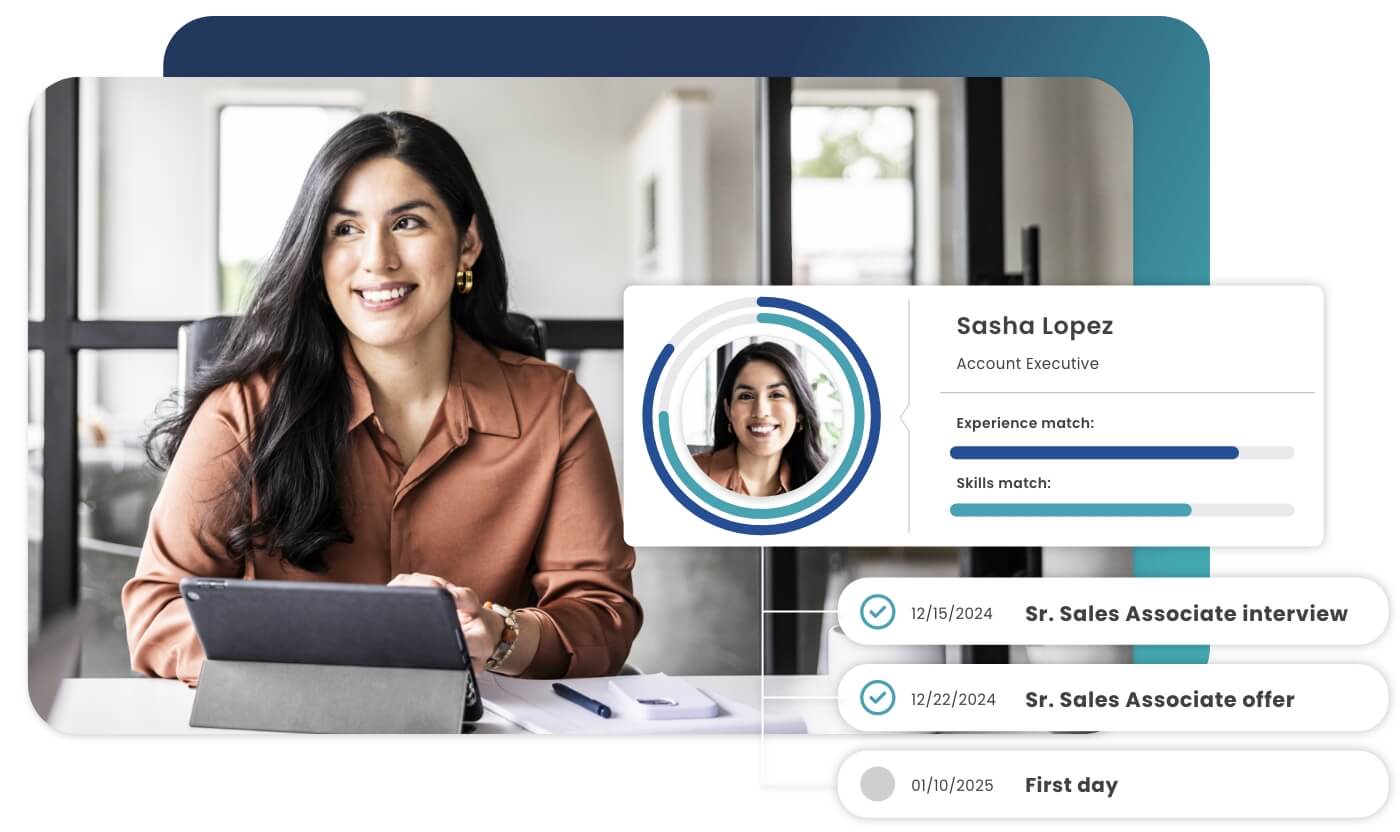

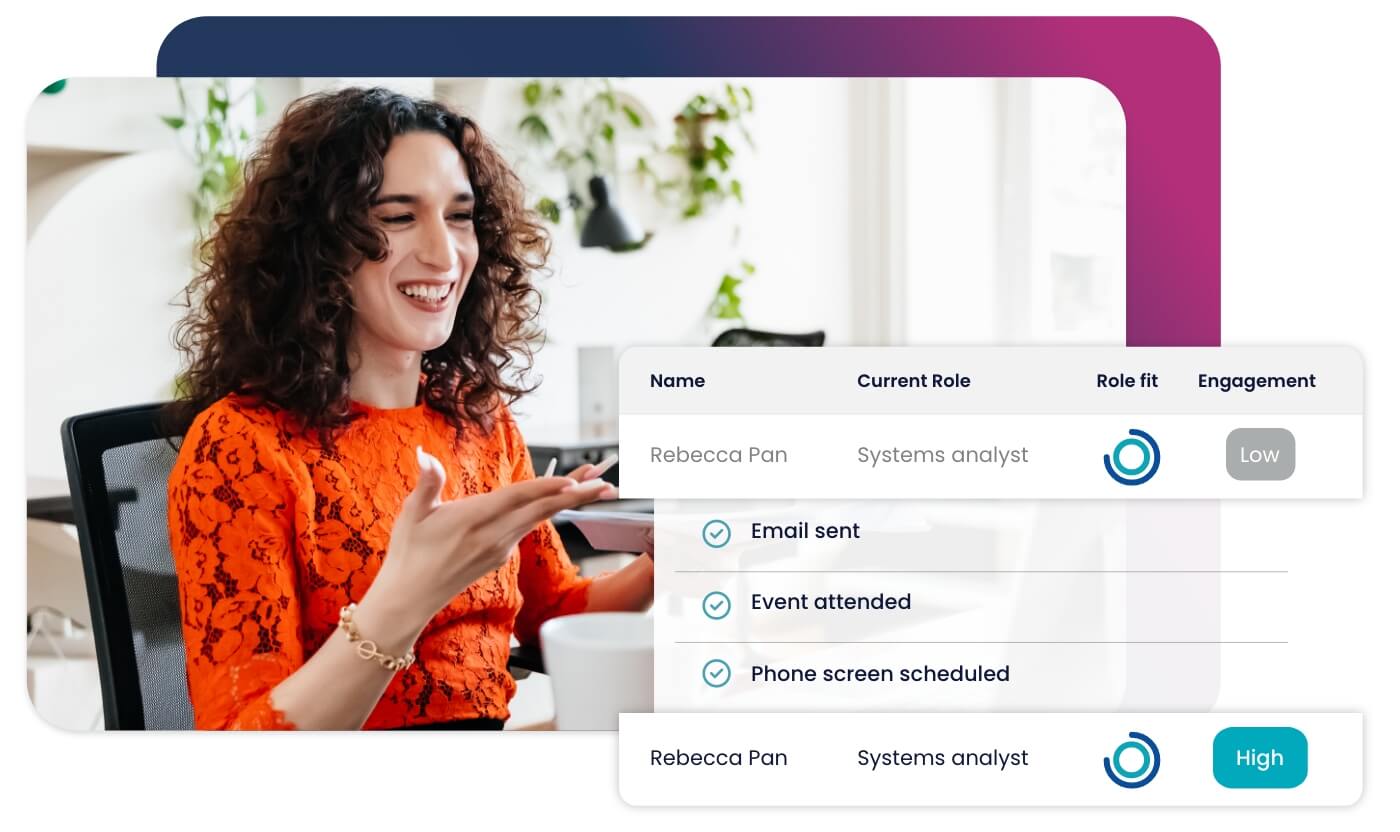
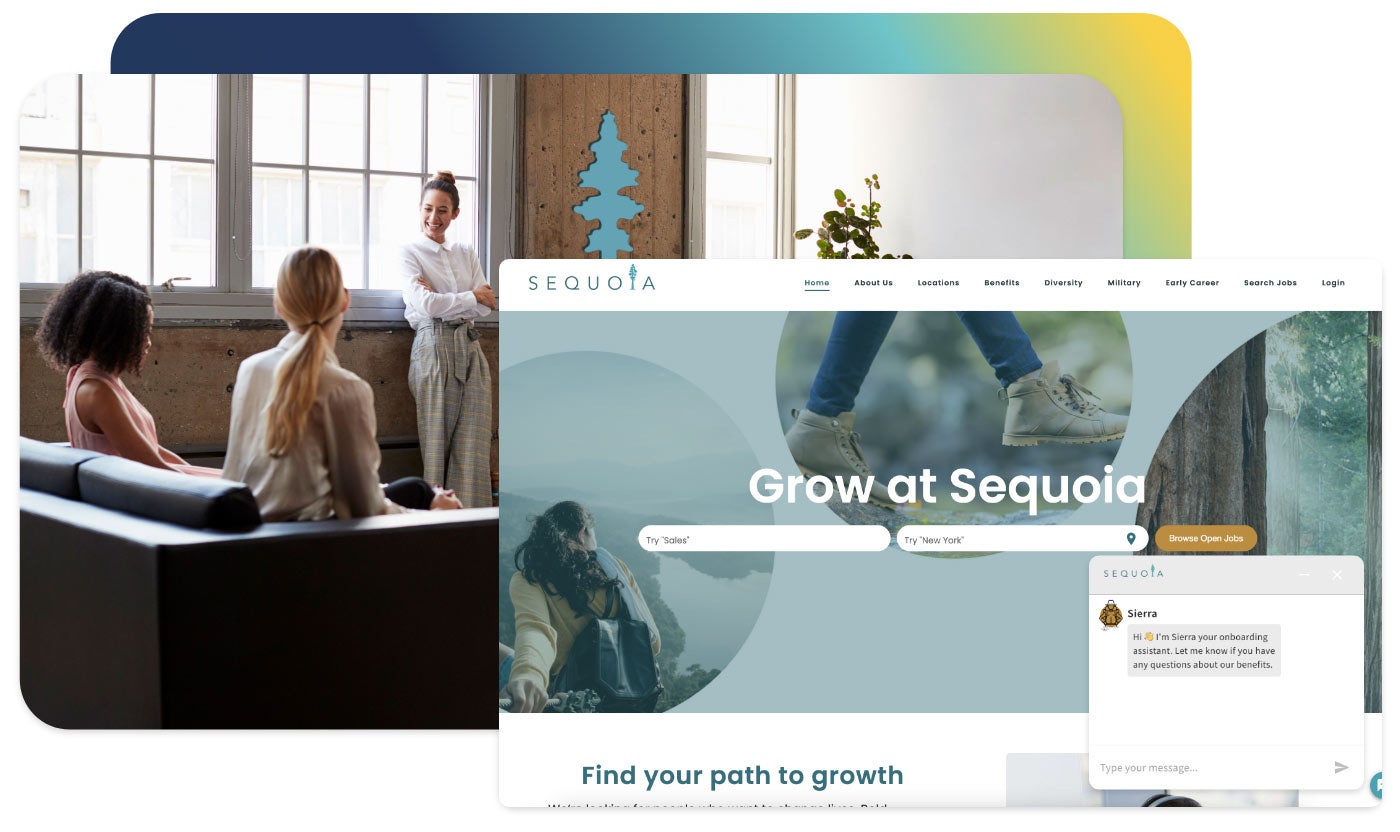


Accelerate hiring key talent to deliver care and exceed patient satisfaction.

Attract skilled candidates, speed up hiring and grow expertise in your workforce.

Simplify recruiting finance and banking talent with a platform for hard-to-fill roles.


Build a talent pipeline that engages and drives your business forward.


See how diverse and global enterprises use iCIMS to employ millions, drive innovation and connect communities worldwide.

Uncover unique market insights, explore best practices and gain access to talent experts across our library of content.


View press releases, media coverage, the latest hiring data and see what analysts are saying about iCIMS.

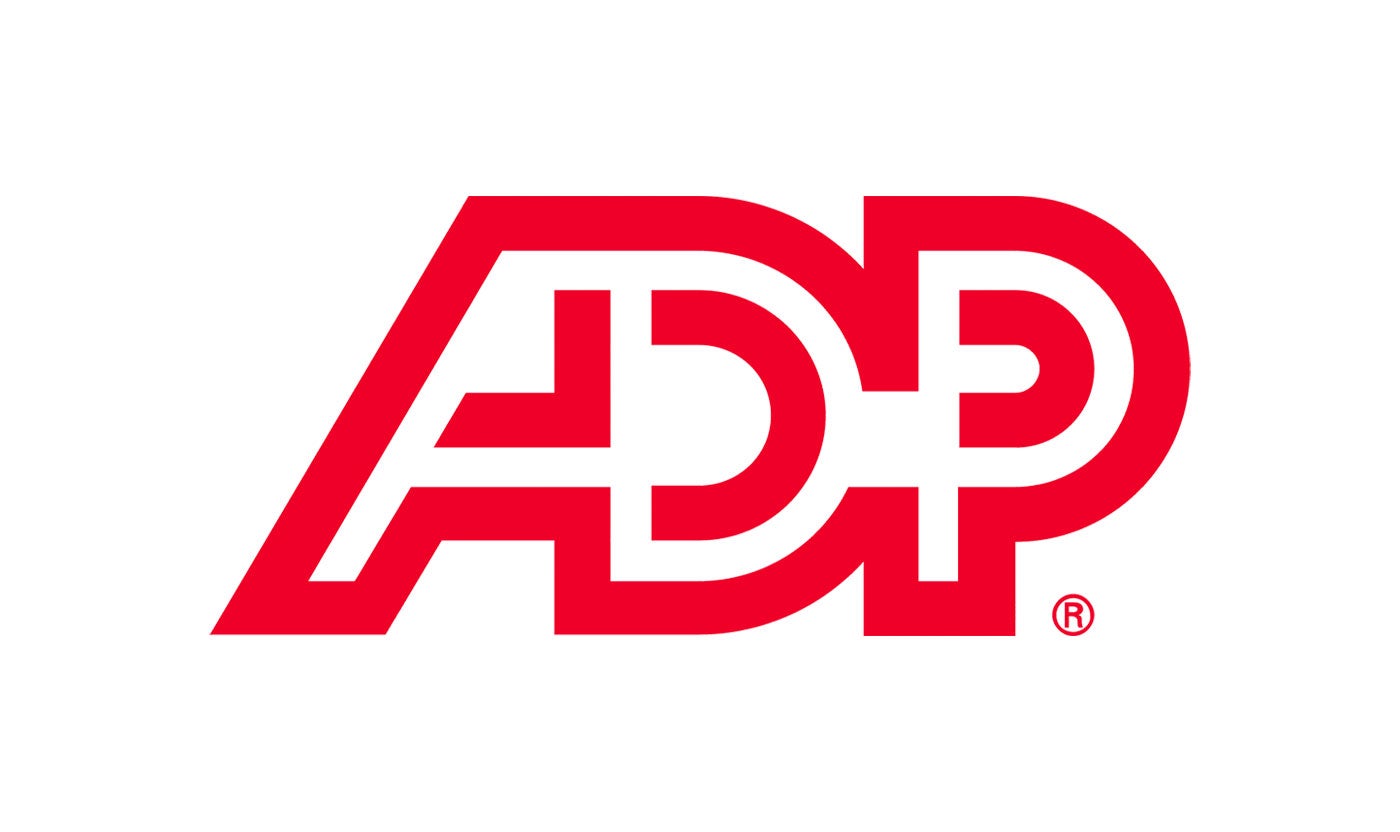
Streamline your tech stack and take advantage of a better user experience and stronger data governance with ADP and iCIMS.

The combined power of iCIMS and Infor helps organizations strategically align their business and talent objectives.

Our award-winning partnership with Microsoft is grounded in a shared desire to transform the workplace and the hiring team experience.
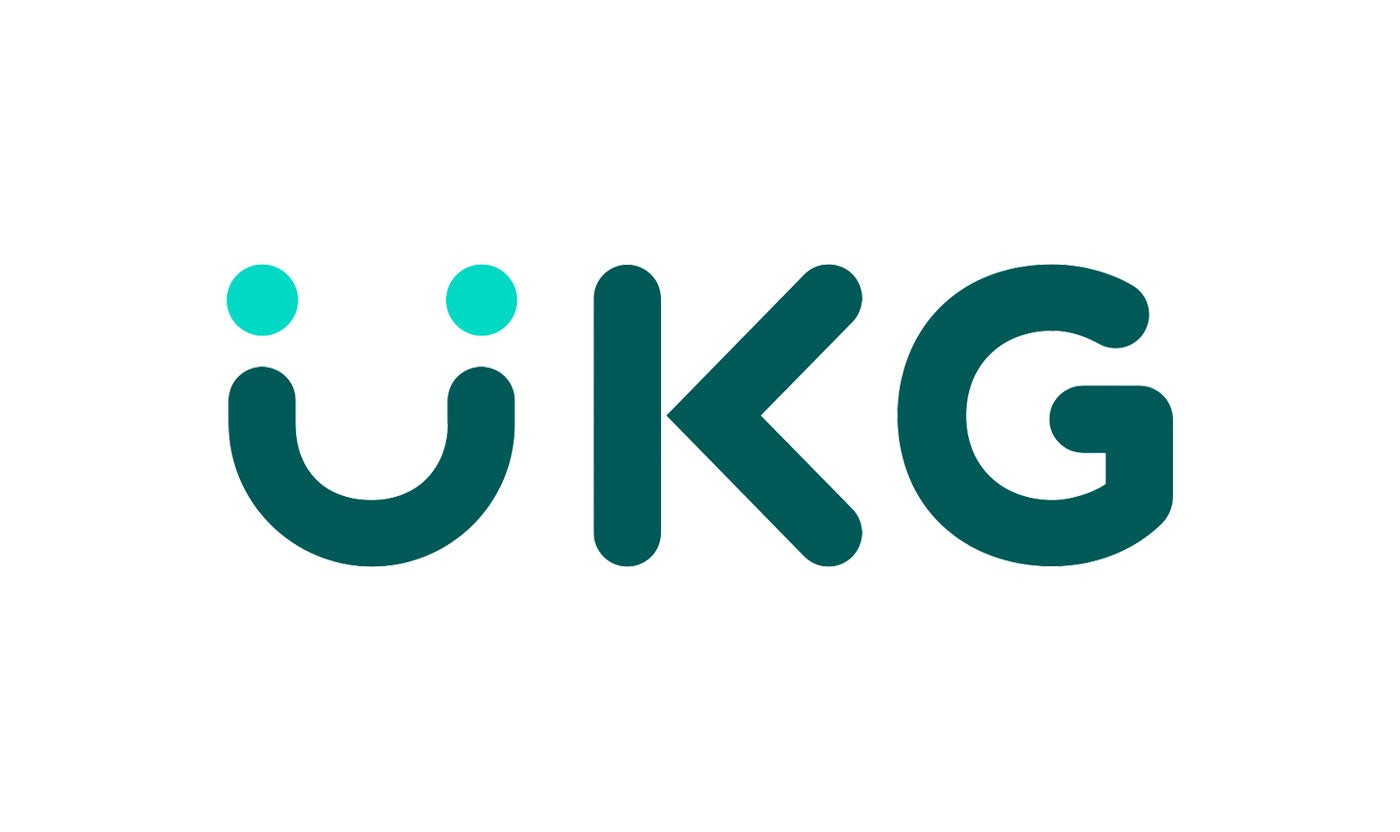
Our partnership with Ultimate Kronos Group (UKG) supports the entire talent lifecycle by bringing frictionless recruiting solutions to UKG Pro Onboarding.

The ability to attract and retain top talent consistently ranks among the top five risks for the C-suite in 2022. Internal mobility is a strategic solution your organization can use to address these risks, especially if your team feels restricted by the classic linear approach to finding talent. By incorporating internal mobility into your talent acquisition strategy, you can broaden your pool of candidates, uncover talent hidden in plain sight, and support your employees’ career growth.
Internal mobility is the movement of employees within an organization, either vertically or laterally, for career transitions or career development. Offering employees the opportunity to change roles is beneficial to both the employee and the organization. It can improve communication, increase innovation, and encourages employees to stay and grow with your organization.
Before you can implement an internal mobility program, let’s review the ways employees can grow and advance in your organization. Then you can develop specific strategies to support each type of internal mobility within your talent acquisition and management programs.
Role-to role mobility, or lateral mobility, is a job change where individuals move from one position to another with little change in their salary or level. For example, an employee with five years of experience as a Sales Development Representative moves into a Marketing Associate position. This gives the employee a similar level of agency but allows them to operate in a completely different role.
Internal recruiting doesn’t necessarily have to equate to a promotion to be mutually beneficial. SHRM reports that the likelihood of an employee staying with an organization diminishes year by year. However, 62 percent of employees who make a lateral move are more likely to stay with the organization.
Talent retention isn’t the only benefit role-to-role mobility offers. Employers can reduce the cost and time to hire by moving a skilled employee into a specialized or hard to fill role. TA teams can then hire for the entry-level position, which is often faster and cheaper to fill.
Role to role mobility can also be effective when an employee shows ability and interest outside of their current position or feels stuck in their career path. For example, after five years in the sales department, your employee felt very few opportunities to move up in his role. By moving laterally into the Marketing Associate position, your employee can show off highly transferable skills and use his knowledge of customers’ needs to bring a fresh perspective to the team. This type of work is more fulfilling and gives him more opportunities to advance his career.
Role-to-role mobility allows employees to apply the skills they’ve acquired in their current role to other areas in the organization. Because they bring their knowledge of the company’s inner workings to the new position, TA teams can save time and money on training and onboarding efforts. At the same time, employees benefit from a diversified skill set and the opportunity to grow their careers.
A transfer is a job change without a change in responsibilities or compensation that is accompanied by a change in location. Transfers can be permanent, temporary, or ad hoc to meet location-specific or employee requirements and are most common in large organizations with multiple locations, divisions, or branches. Transfers can be initiated by either the company or the employee. Internal mobility through transfers can:
A job promotion is when an employee advances to a higher job class or function because of their excellent performance.
Some promotions are based on a benchmarking system that measures seniority. Your organization may use numbers or letters while others use titles such as ‘assistant,’ ‘associate,’ or ‘specialist’ to denote job level.
A promotion based on seniority typically corresponds with a new salary range but is not necessarily a change in job function. For instance, a Business Analyst’s job progression to a Senior Business Analyst would move the employee into a new salary range and increase their duties. Still, their primary job function would remain the same.
On the other hand, organizations can encourage upward mobility by moving highly skilled employees into new jobs. A Principal Designer may move into a role as Manager of Creative Production. This promotion would increase their responsibilities and compensation while placing them on a new career path.
Upward mobility is an essential contributor to employee satisfaction, retention, engagement, morale, and productivity. Most importantly, employees can see that their work and experience are valued. Promoting from within can also send a positive signal to other employees and demonstrate that you value internal mobility.
Project-based mobility is the creation of cross-functional teams to achieve a common business goal or complete a specific one-off project. These teams consist of people with different functional expertise, each bringing a fresh and unique perspective. Project-based mobility allows employees to dedicate part of their work to projects beyond their usual workflow and department. These can be working groups in which each member belongs to their functional department and the cross-functional team, or they can be the primary configuration of your organization.
For example, The American Heart Association innovatively uses its careers page and iCIMS recruiting technology to advertise project opportunities. Instead of applying for a job change, employees request to participate in projects across the organization. This approach allows employees to come together and form project teams from different areas of the organization while building relationships and utilizing skills they might not otherwise use in their typical day.
Project-based mobility is an excellent strategy that TA leaders can use for hiring fewer people and tracking employee skills based on the projects they choose to work on. You can do this through your recruiting tech stack with a solution like iCIMS Opportunity Marketplace.
Other benefits of project-based mobility include:
In our highly competitive market, merely attracting talent is no longer enough. Organizations need to utilize a multidimensional approach to talent acquisition and retention to stay ahead of the curve. To reap the benefits of internal mobility, organizations will need a strategy and technology that allows for the necessary workforce insights and planning. Read this post to identify three areas of opportunity for internal mobility within your recruiting software.




